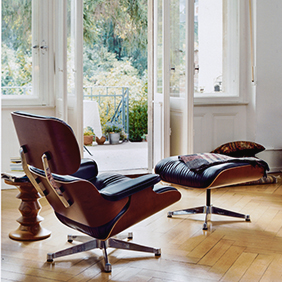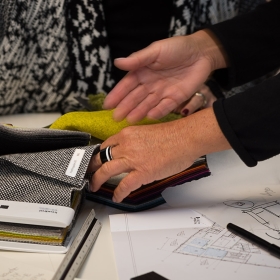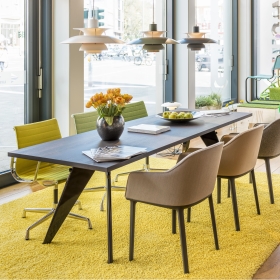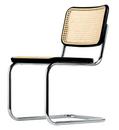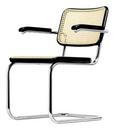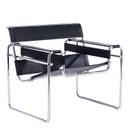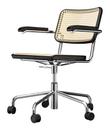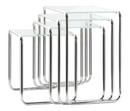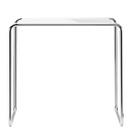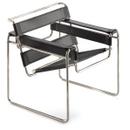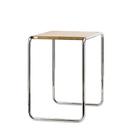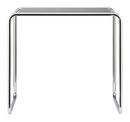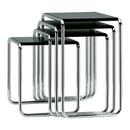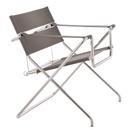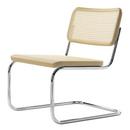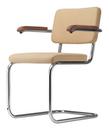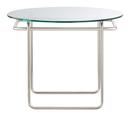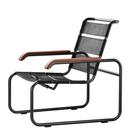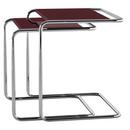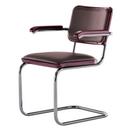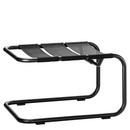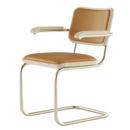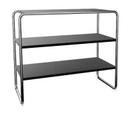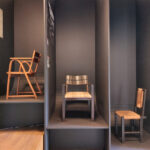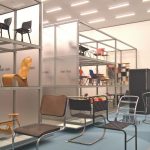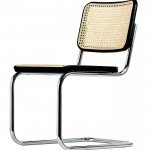Yrjö Kukkapuro – Magic Room at Espoo Museum of Modern Art, EMMA
...Kukkapuro developing an ice hockey stick chair that is a very nice twist on the, in all probability apocryphal, story of Marcel Breuer being inspired by bicycle handle bars to employ steel tubing in furniture; an ice hockey stick chair that introduces, and very efficiently elucidates, various formal, aesthetic and constructional aspects that are of such importance in the Yrjö Kukkapuro oeuvre... Plexiglass which also features, alongside tubular steel, in a 1969 cantilever chair which takes up Marcel Breuer's vision of us one day sitting on a "resilient column of air"2, and not only allows one to approach that day via, as Breuer did, the inherent elasticity of the cantilever, but also to approach that day via the transparent seat shell, a conceit which means you are almost literally floating on air...


